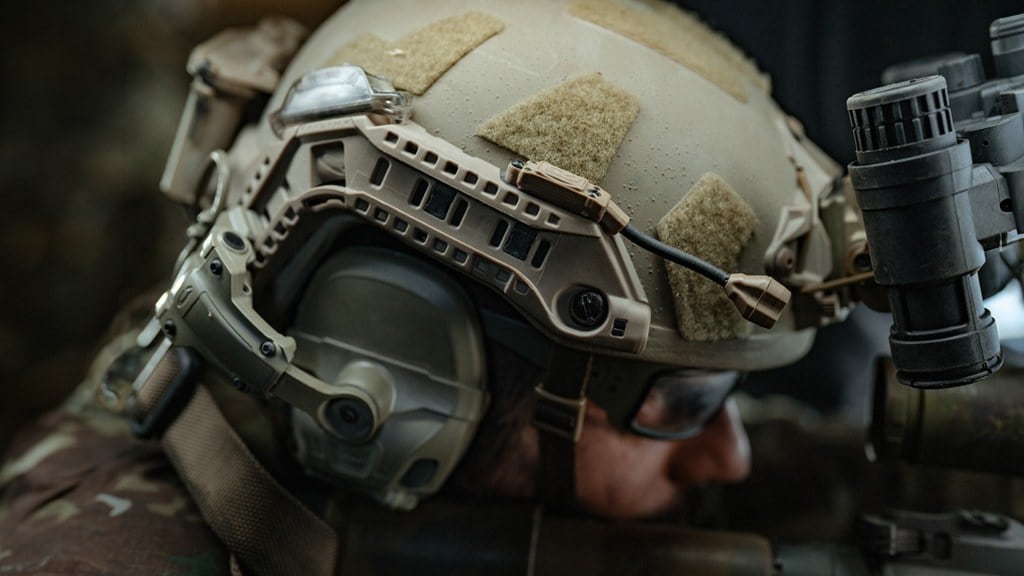LAS VEGAS – Two companies are showcasing ways to power and transfer data to helmet-mounted devices, a key space-saving option for soldiers carrying more tech than ever.
Each are featured at the annual Shooting, Hunting, Outdoor Trade (SHOT) Show this week.
The Gentex Corporation’s Railink and Galvion’s Energy Data Grid, or EDG, have developed these devices as the Army, Marine Corps and special operations forces continue to add more sophisticated night vision devices and troop-borne computing systems to their inventory.
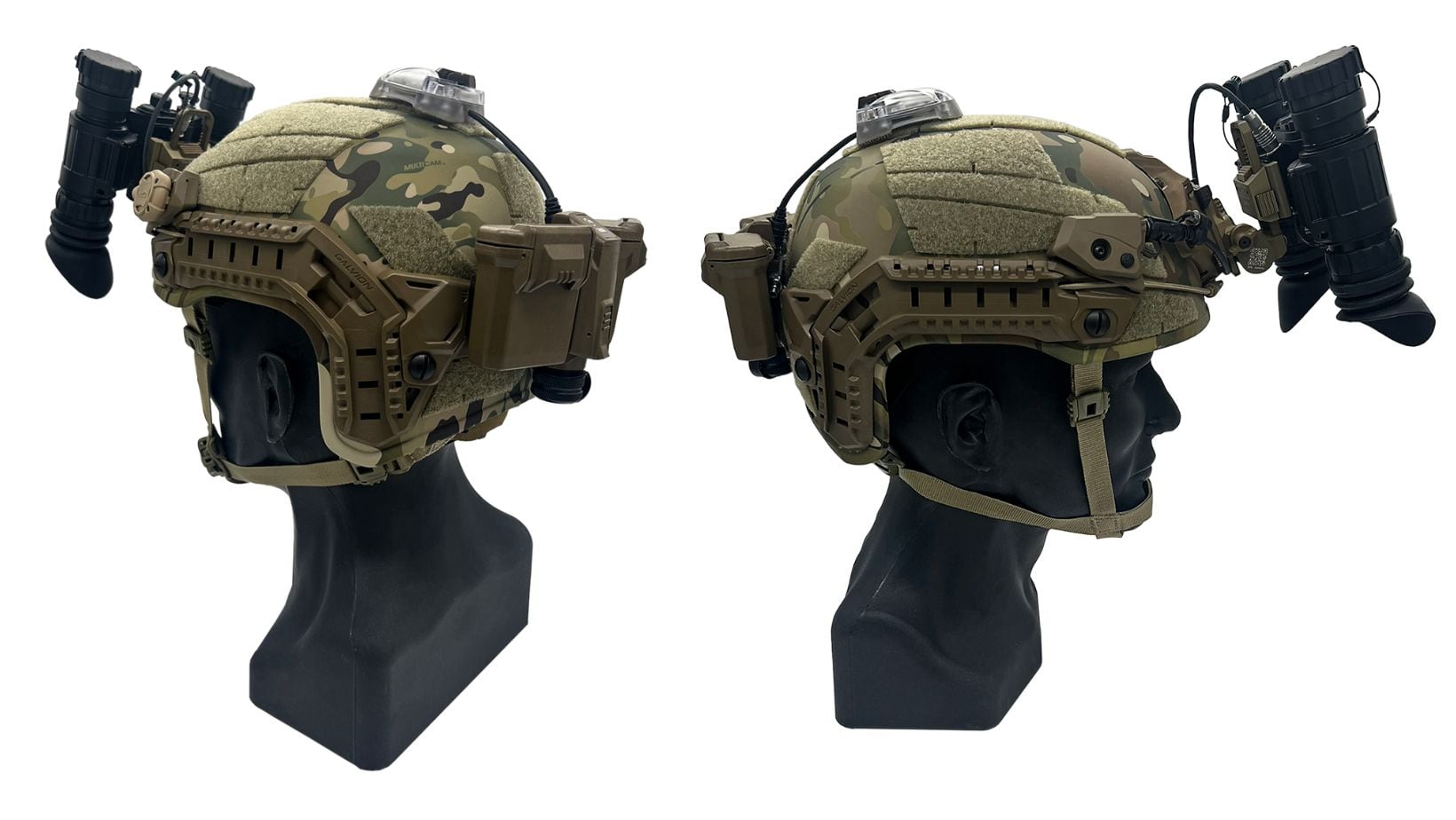
For example, the Army’s Program Executive Office-Soldier has a program known as adaptive squad architecture. The program, launched in 2019, uses a wearable, conformable battery worn by soldiers that hooks into an interface that also connects devices.
That allows soldiers to use uniform cables and fewer batteries to power the electronic gear they carry.
Another program under PEO-Soldier, the Integrated Visual Augmentation System, features an advanced night vision/augmented reality, helmet-mounted headset. The device, still under development, connects to a helmet-mounted battery and controller.
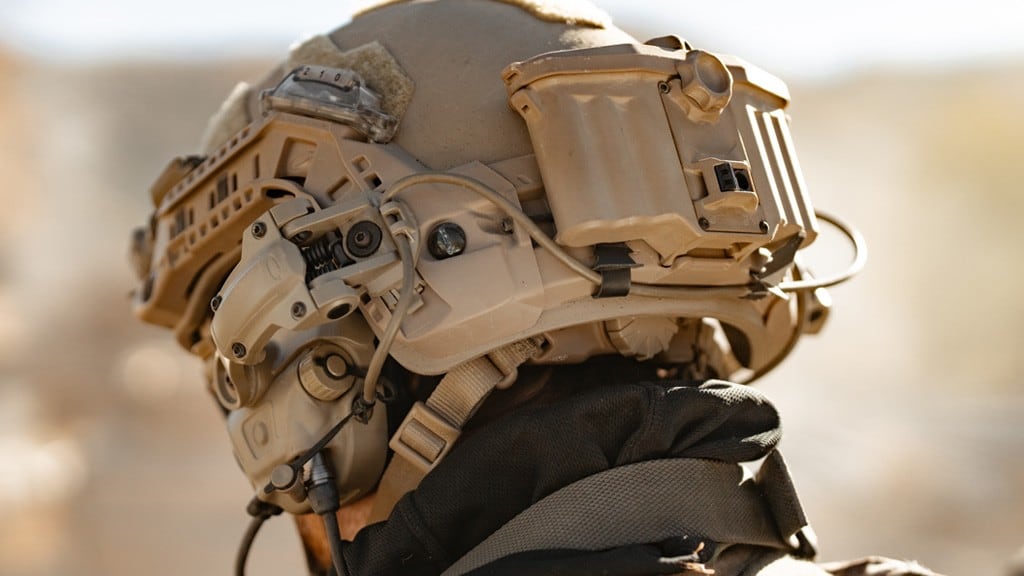
An earlier version included cabling that linked to chest-mounted accessories. Testing by soldiers showed that the cable got in the way and the device needed to be helmet mounted.
The Railink is a helmet-mounted power and data system entering service with U.S. Special Operations Command units soon, Philip Jones Gentex product marketing manager, told Military Times.
It’s designed to power visual augmentation systems and send information digitally through its wraparound power/data rail and helmet-mounted battery pack. The system is scalable, allowing it to power radio communications equipment, vision devices, lights and other electronics.
Railink has a universal power interface for use with a variety of visual augmentation systems and night vision devices.
The system is both backward and forward compatible with high cut helmet designs.
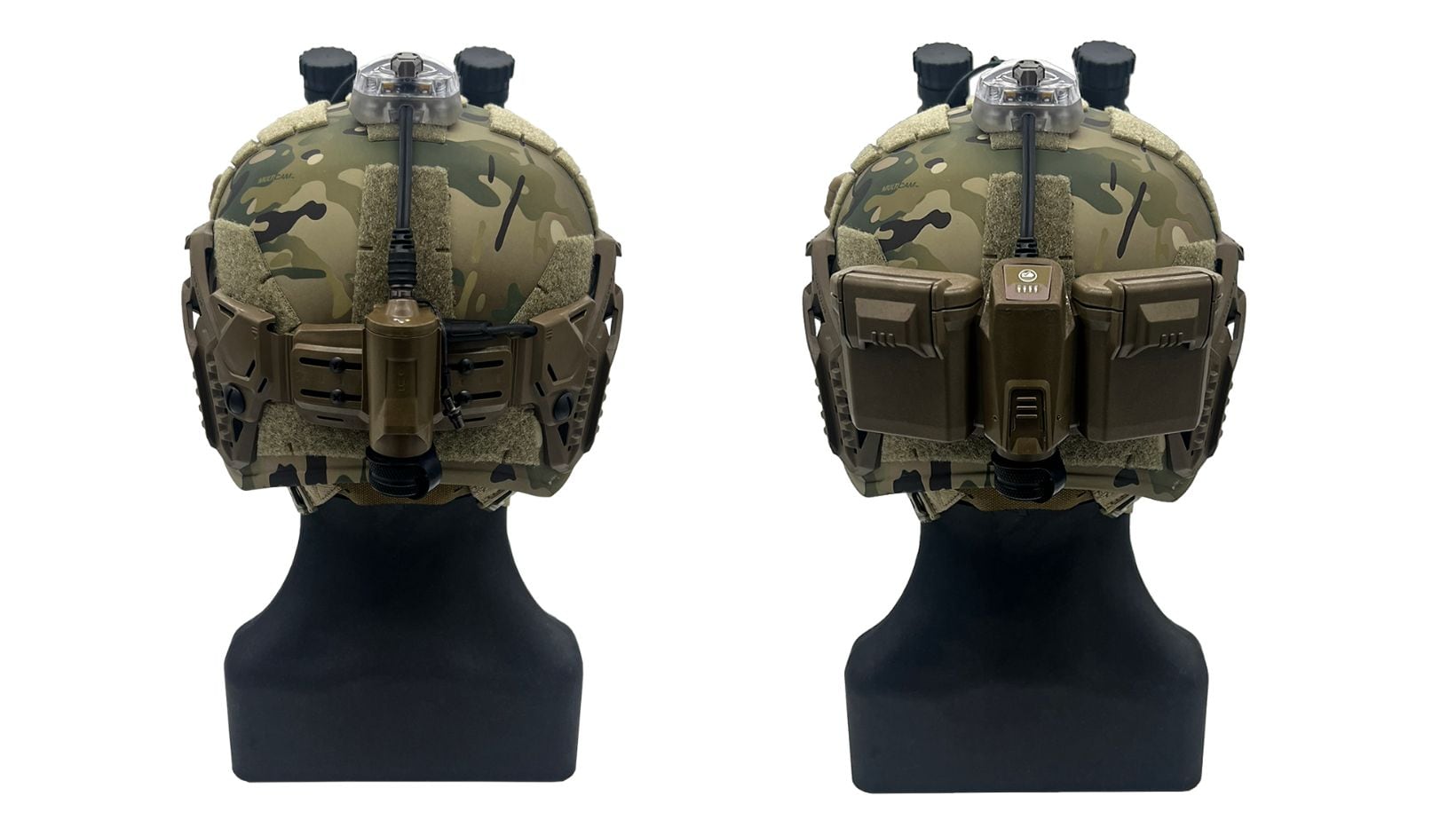
The Galvion EDG is an improved version of the scalable power solution that the company first used on its PDxT helmet platform as part of the Marine Corps Integrated Helmet System. After Marine Corps trials of that system, Galvion implemented troop feedback for the current design, according to the company release.
The system will be reverse compatible with other already fielded helmet designs or delivered as a fully assembled helmet system.
The EDG includes a base power pack, powered by a single CR123 battery and an attachable extended power pack that can run off two to six AA batteries. That gives the user the option to boost power when using multiple devices or cut back on devices and batteries to lighten the load.
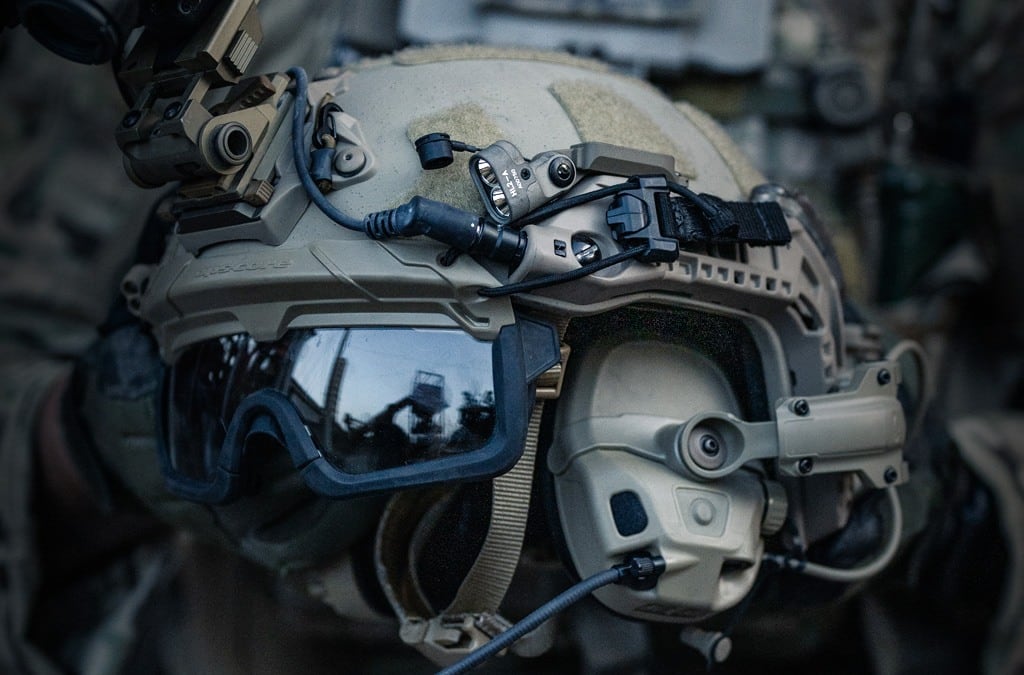
The system includes a battery-powered strobe light and a visual augmentation system connection point for augmented reality and virtual reality devices.
The EDG displays the battery charge status on system indicators that can also be viewed on a night vision device display.
Todd South has written about crime, courts, government and the military for multiple publications since 2004 and was named a 2014 Pulitzer finalist for a co-written project on witness intimidation. Todd is a Marine veteran of the Iraq War.
